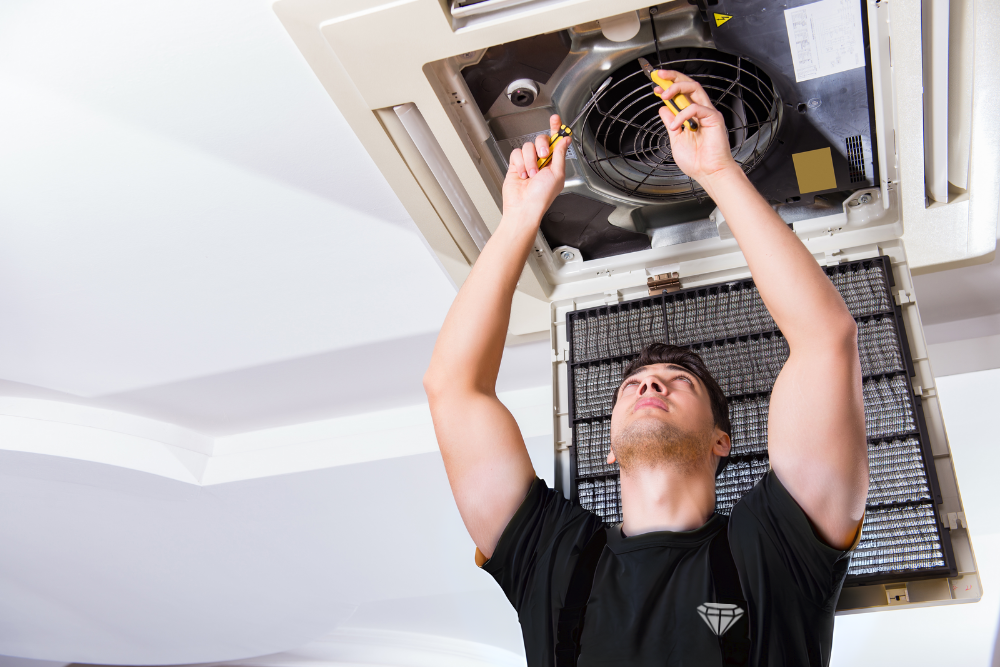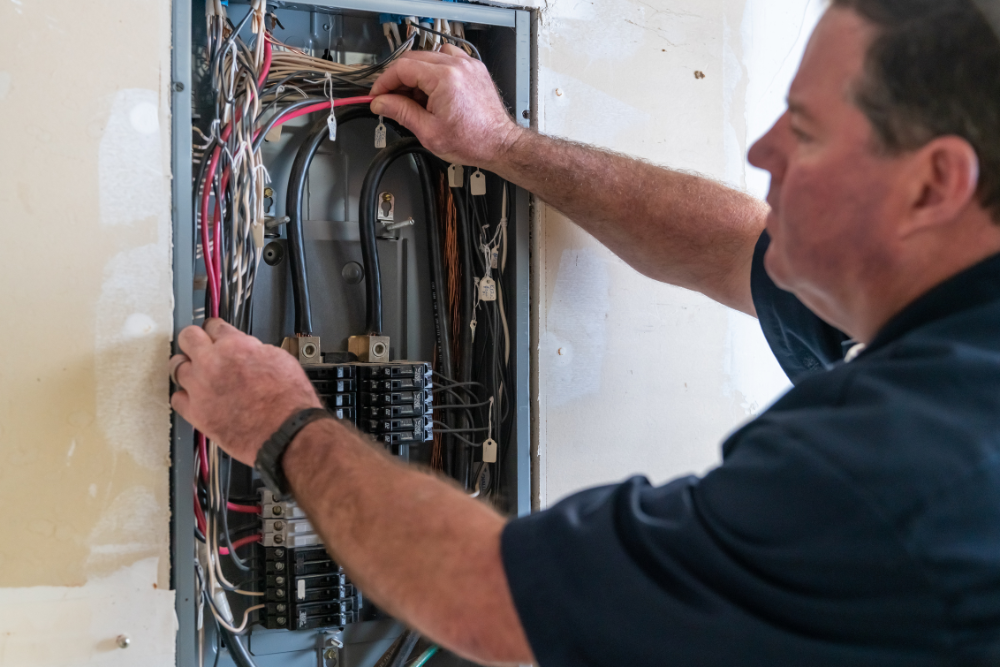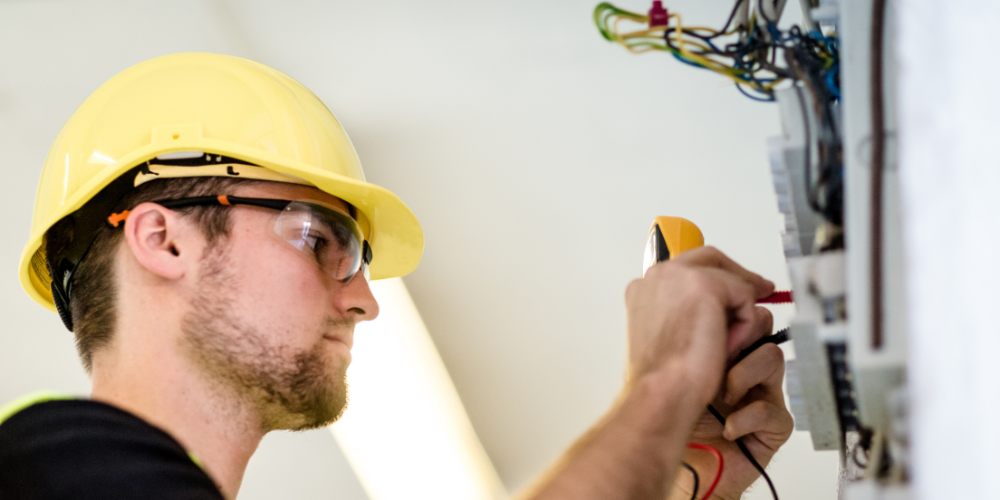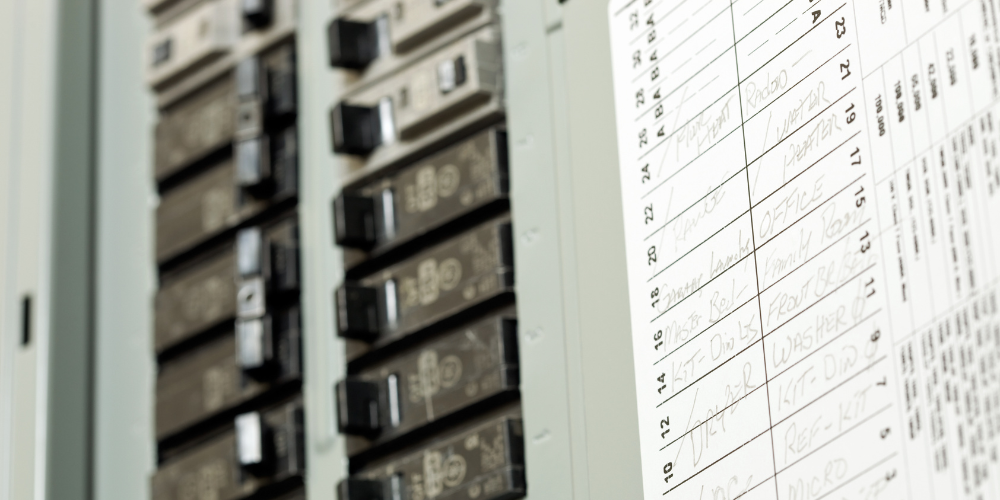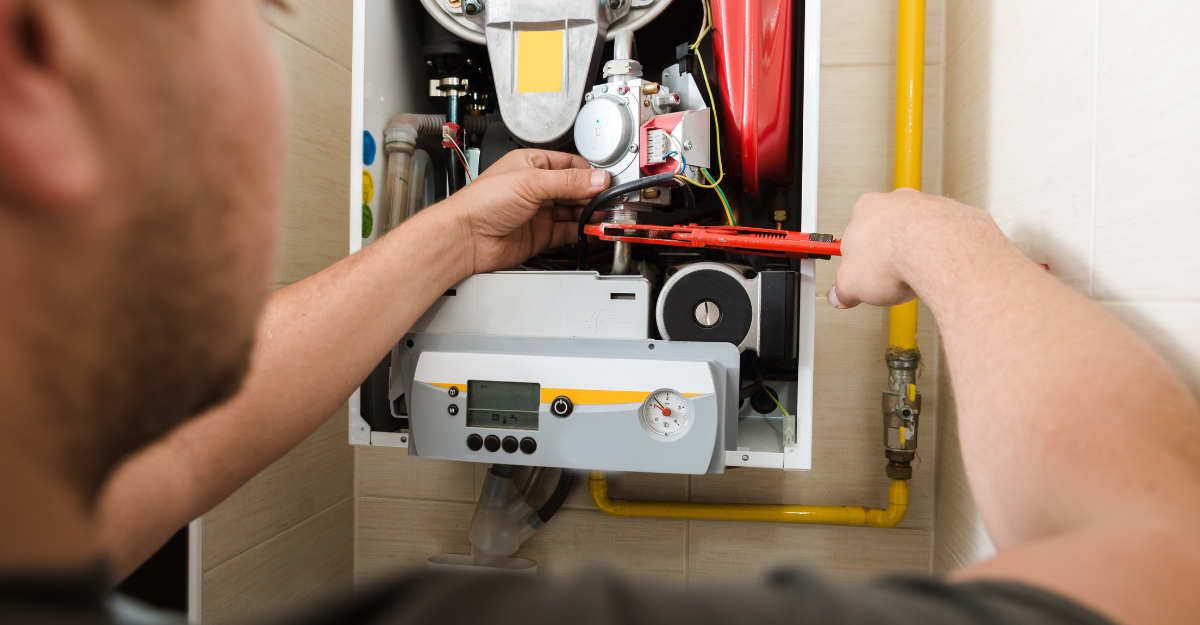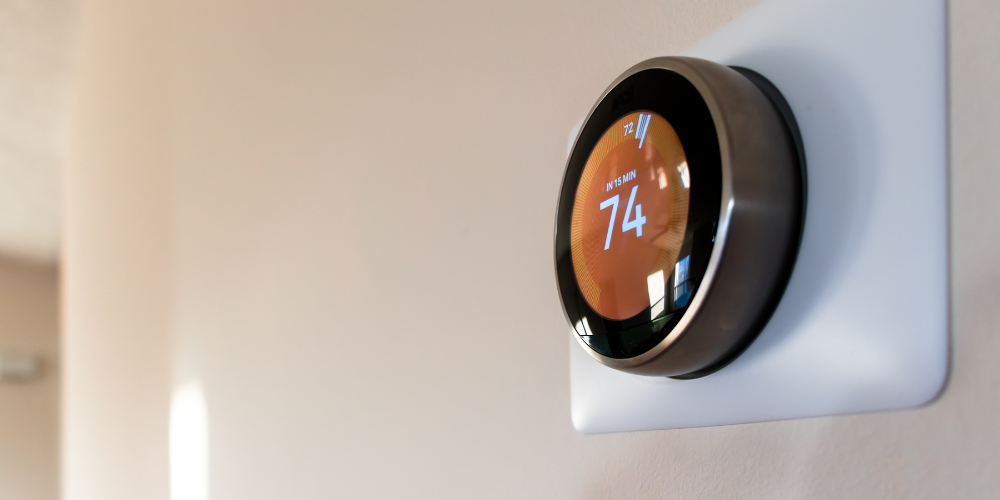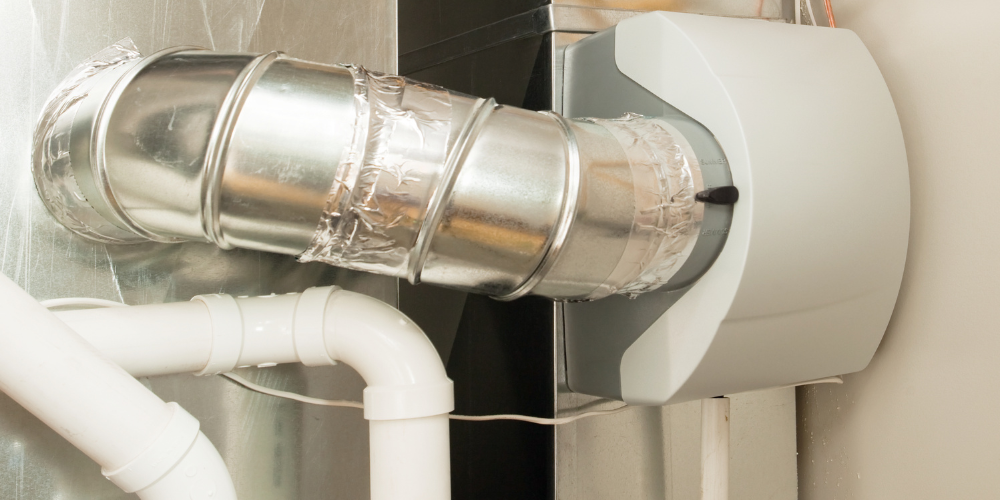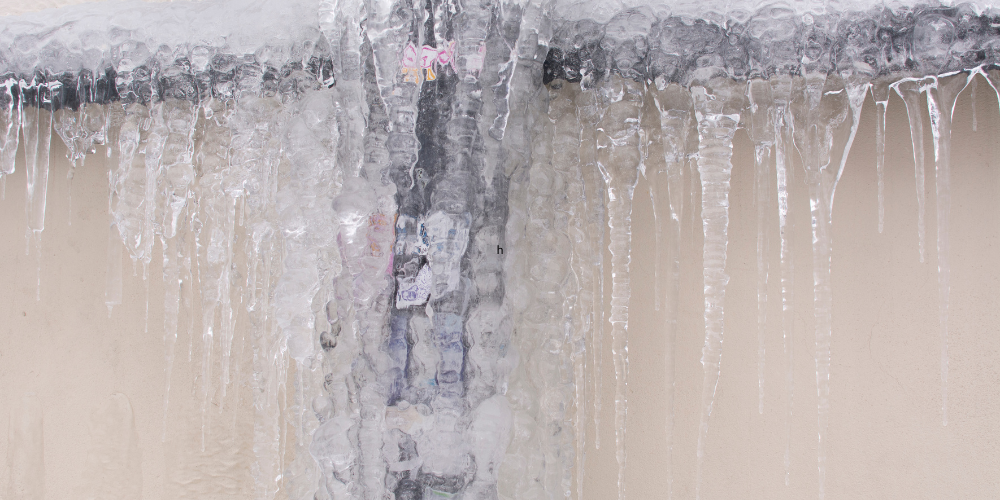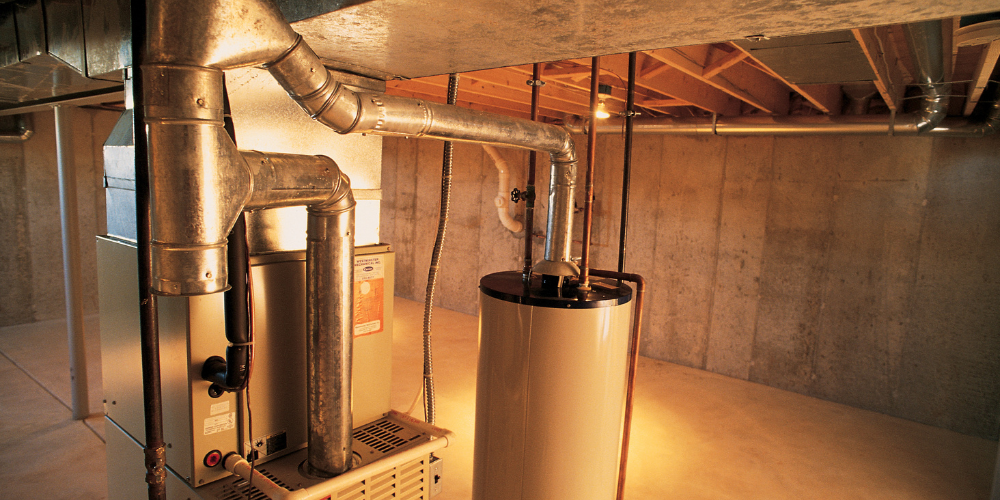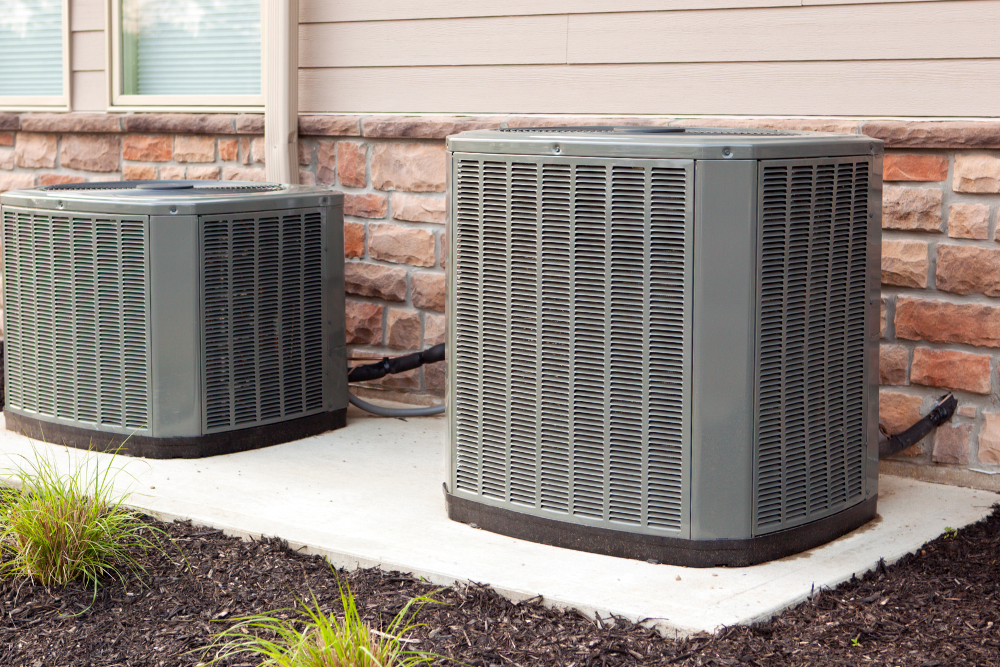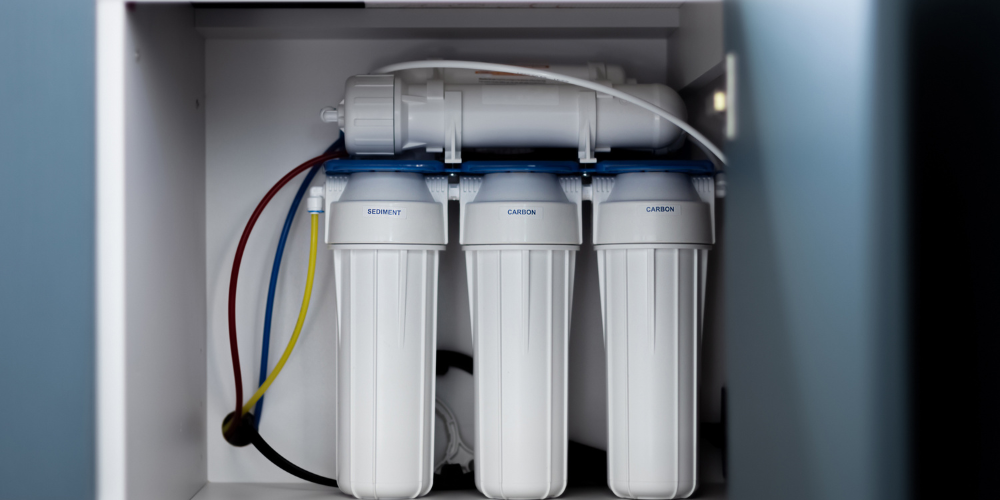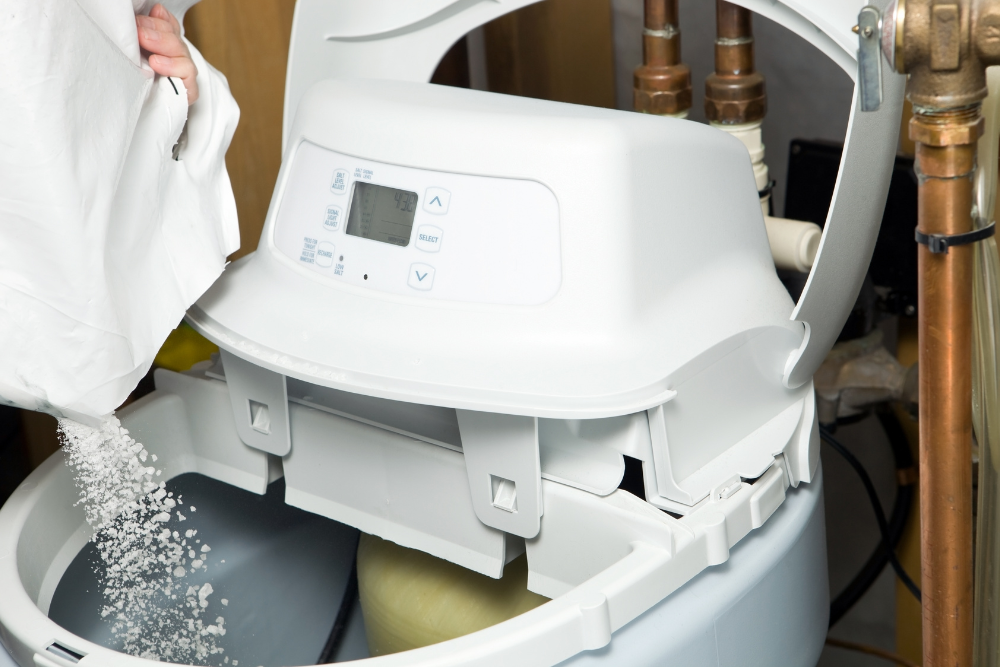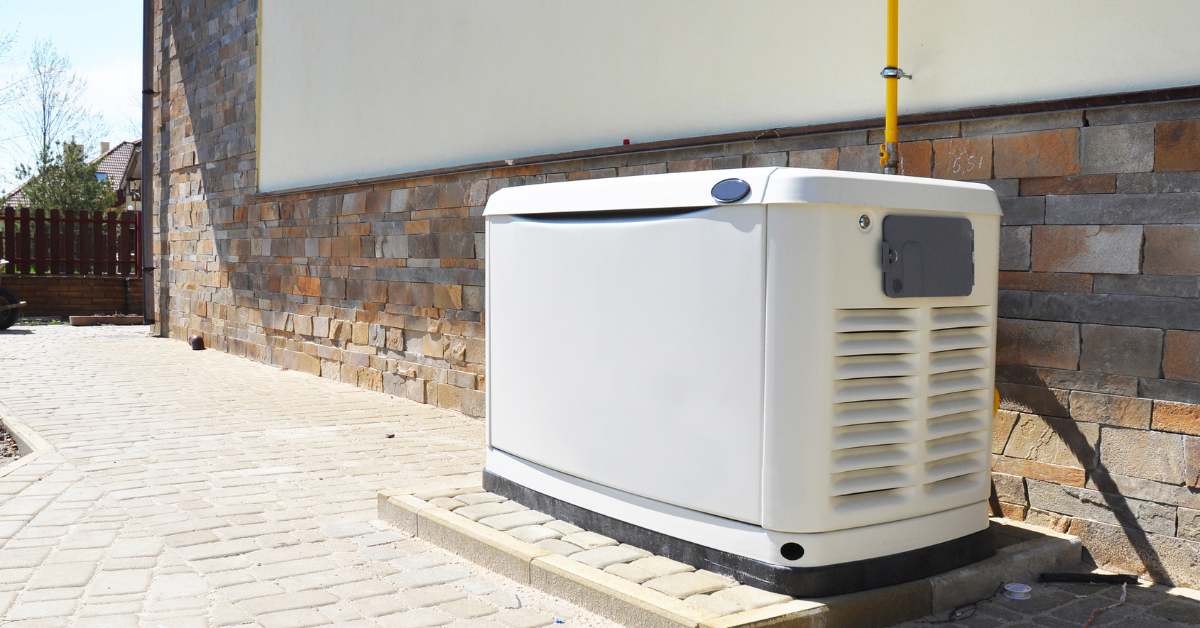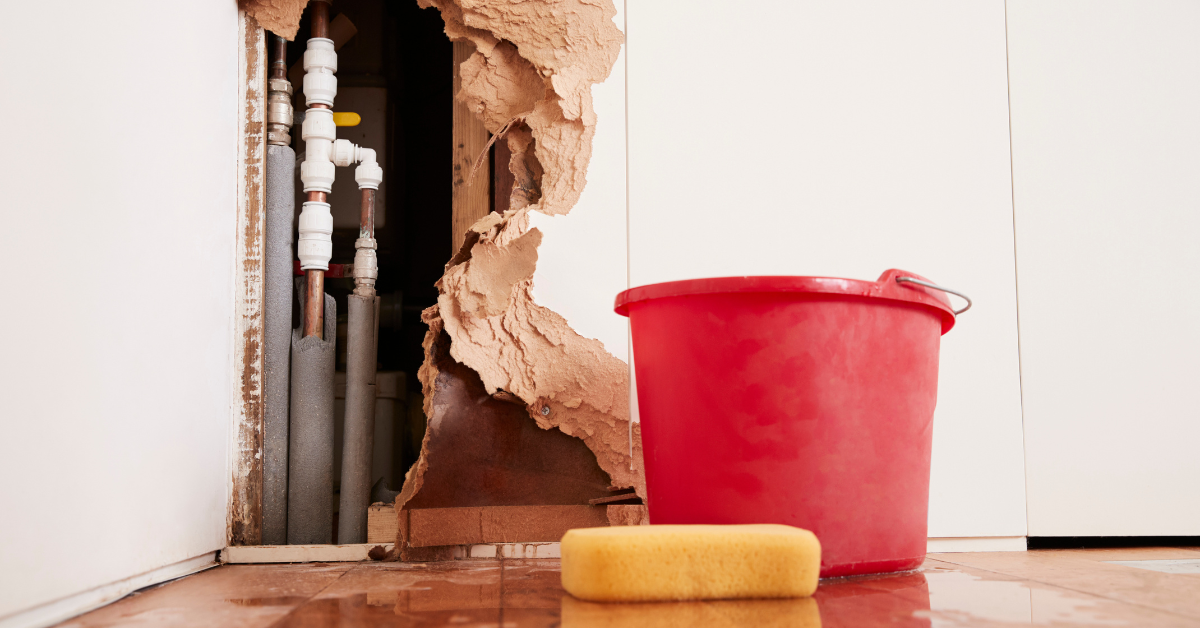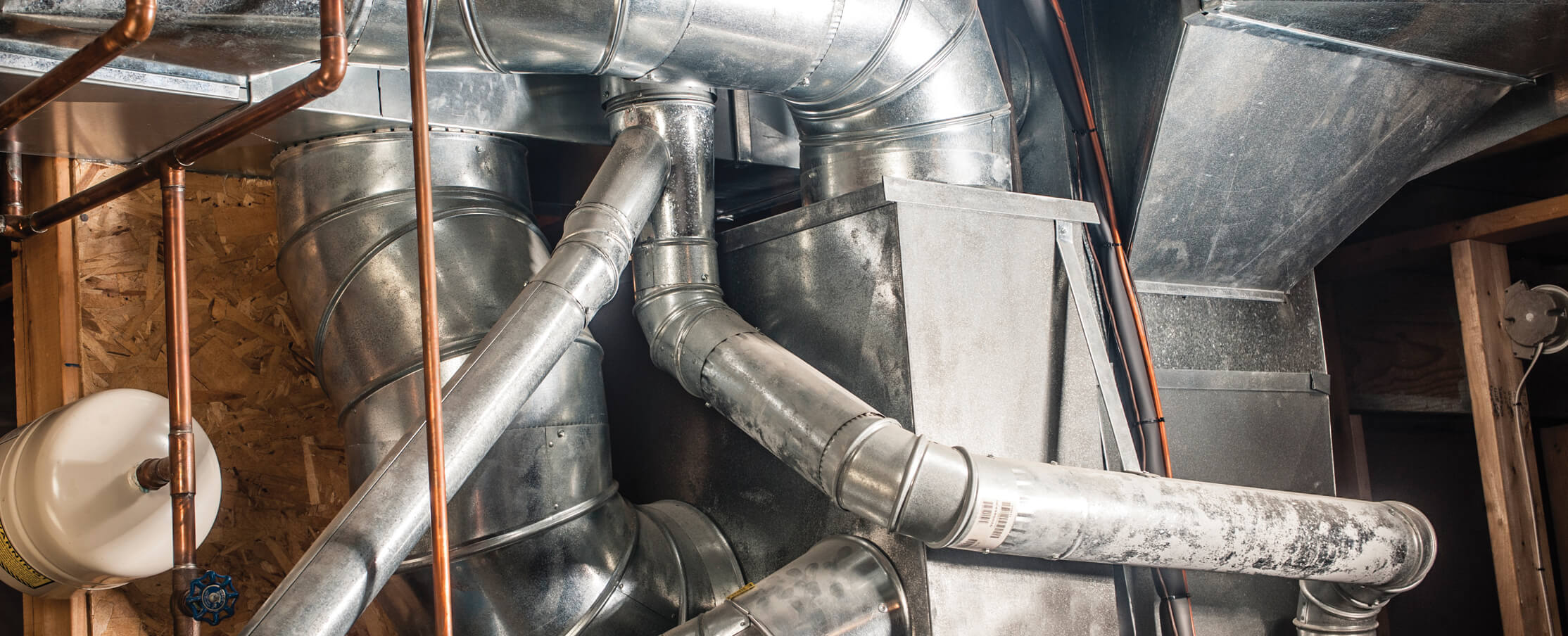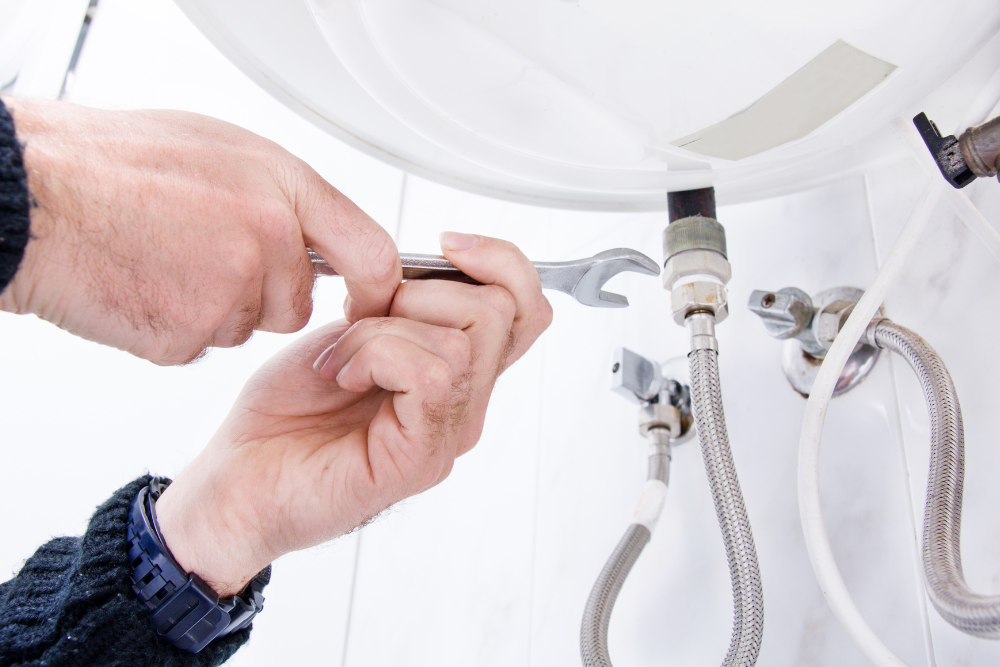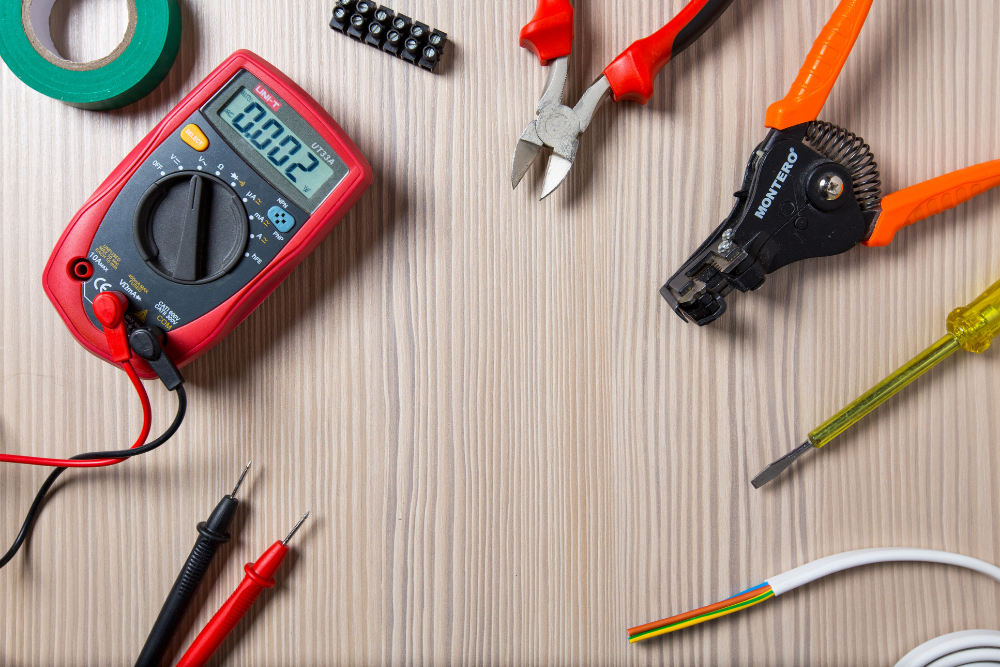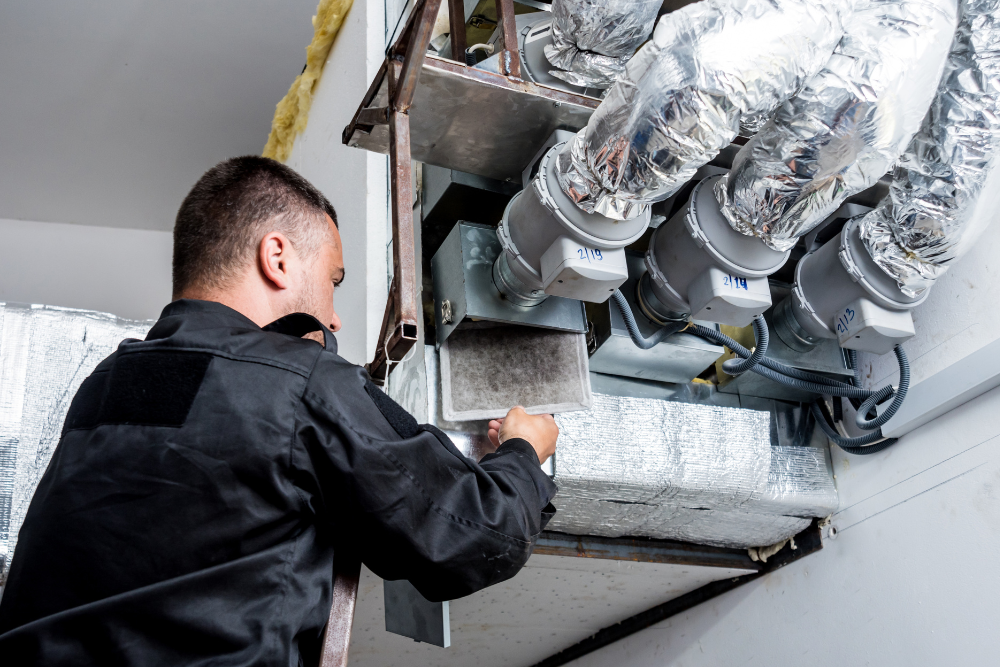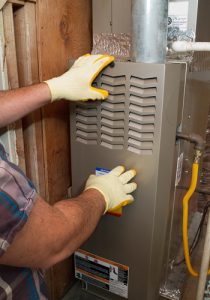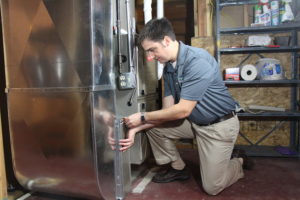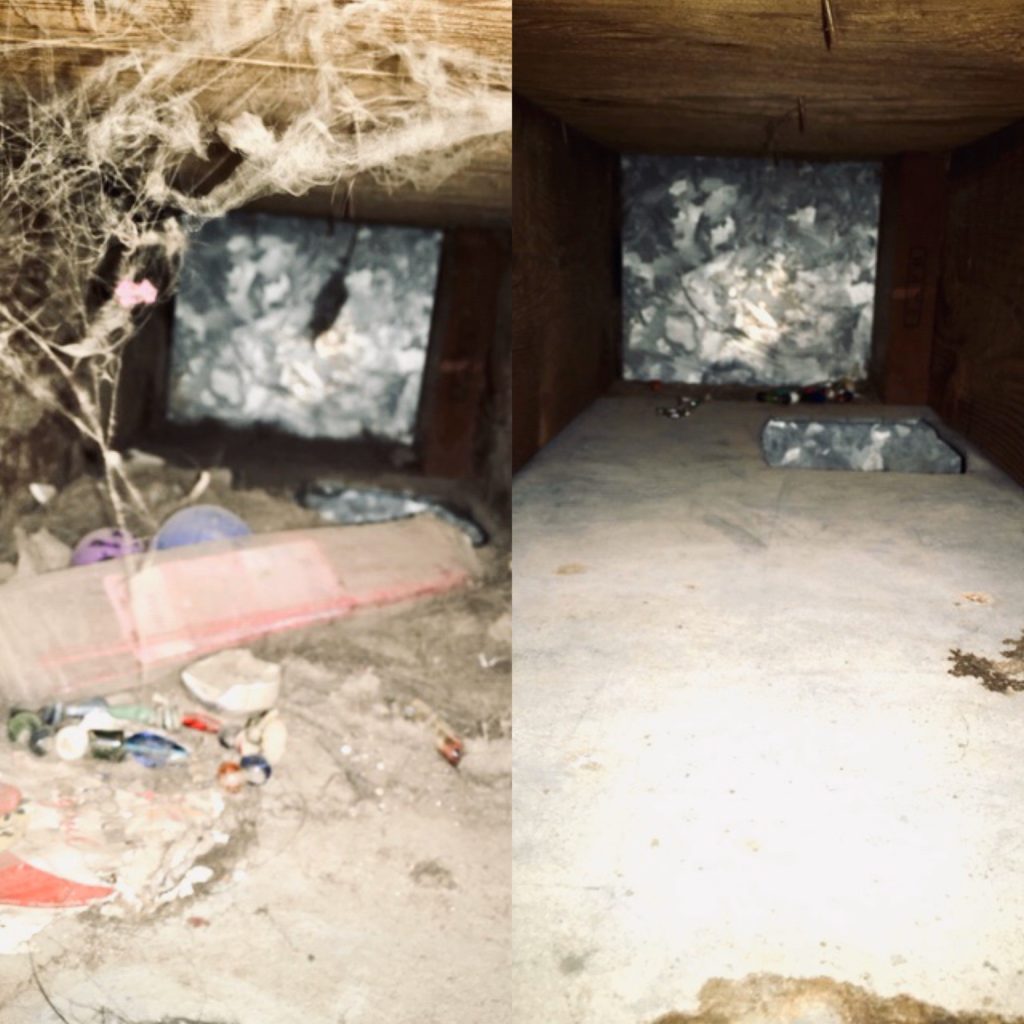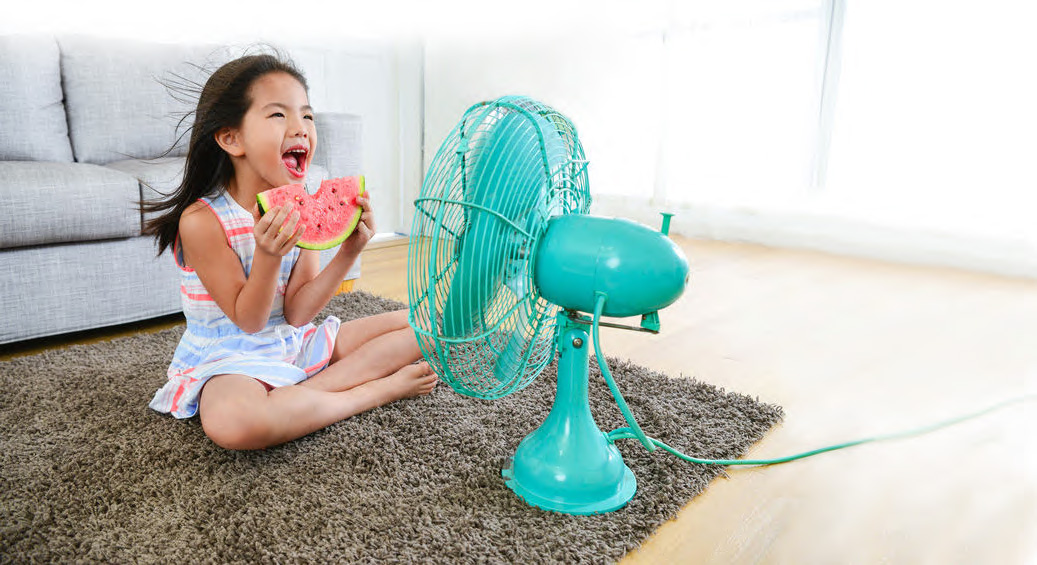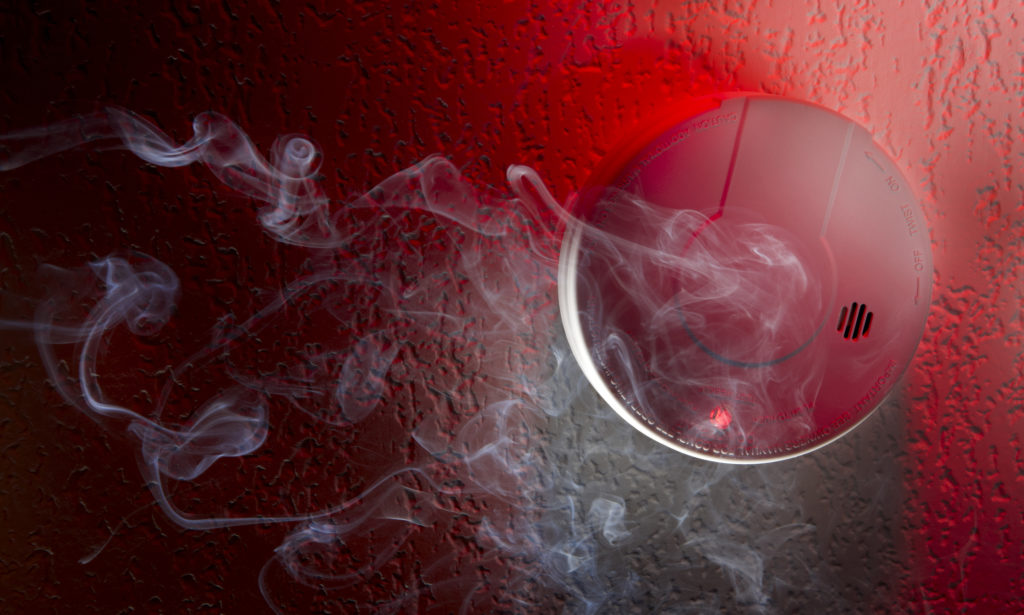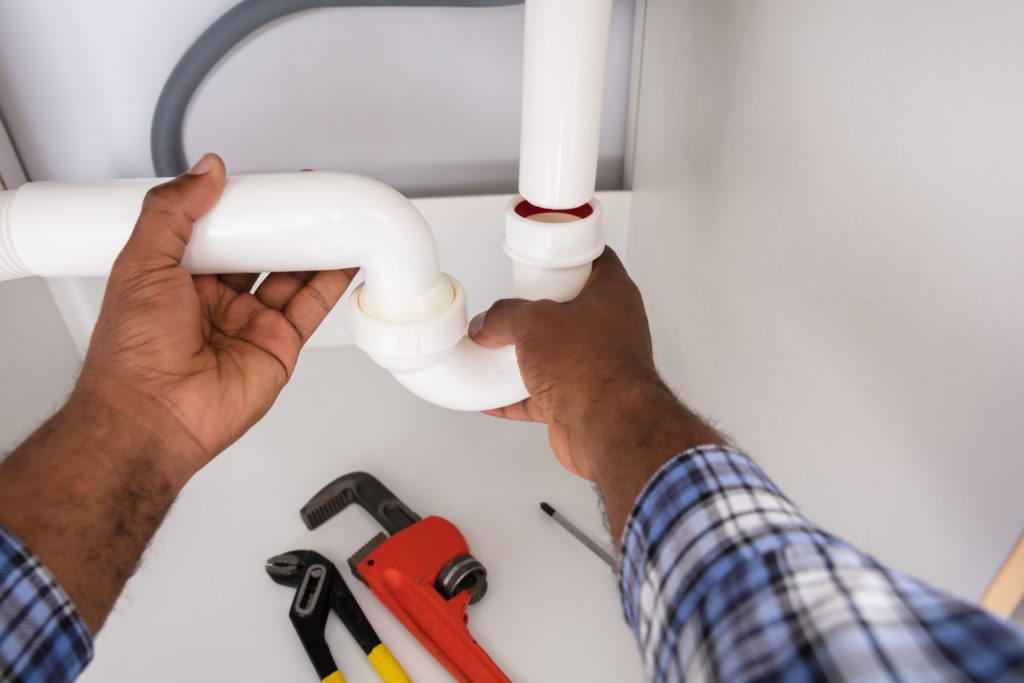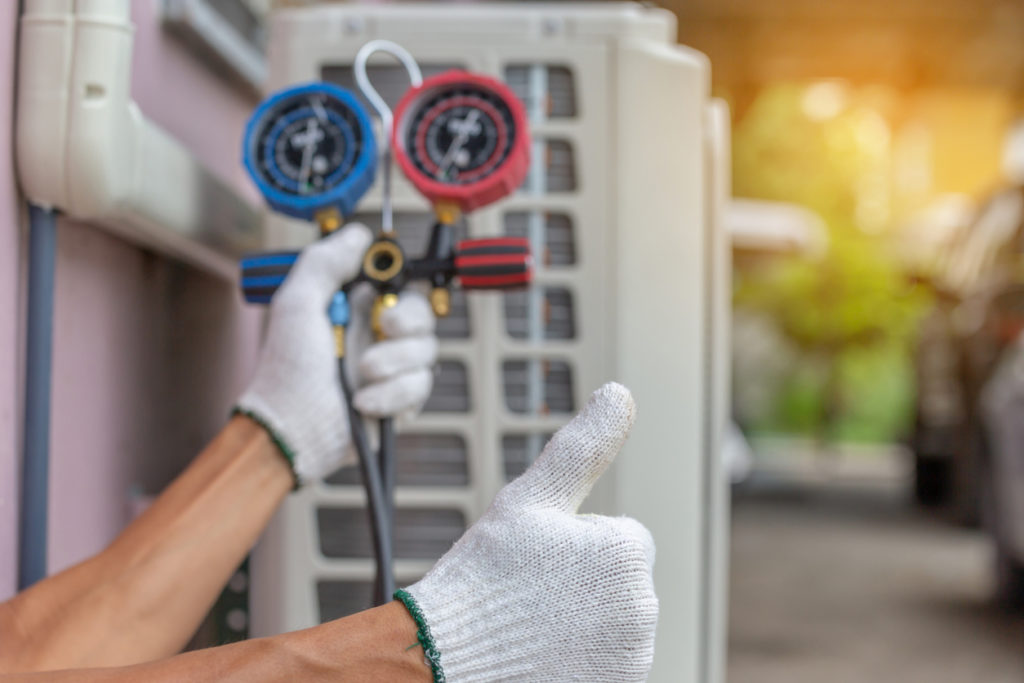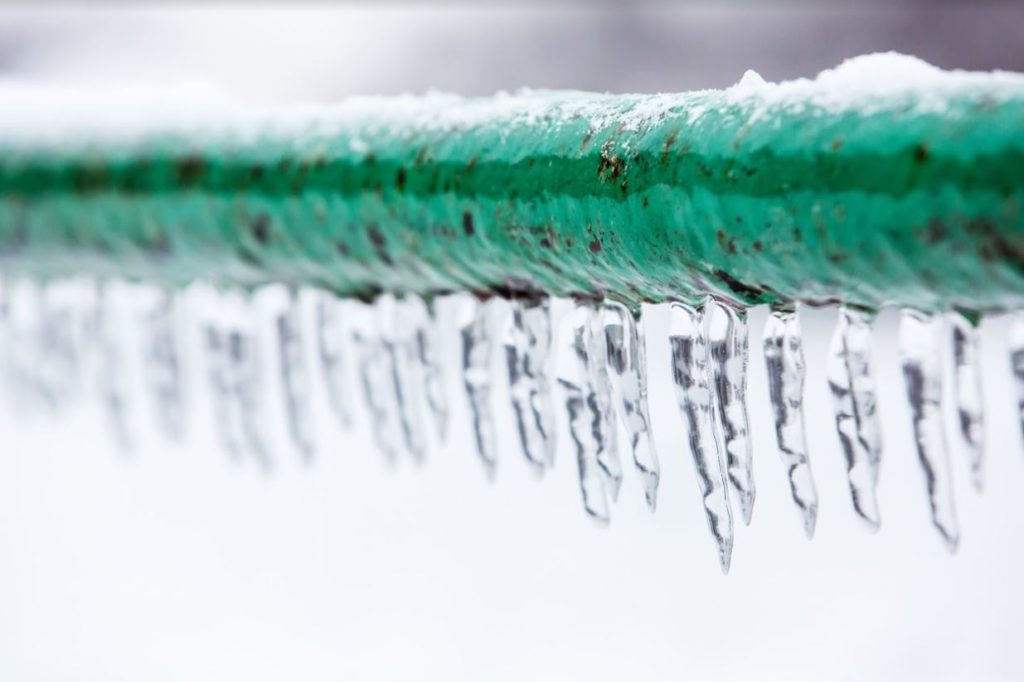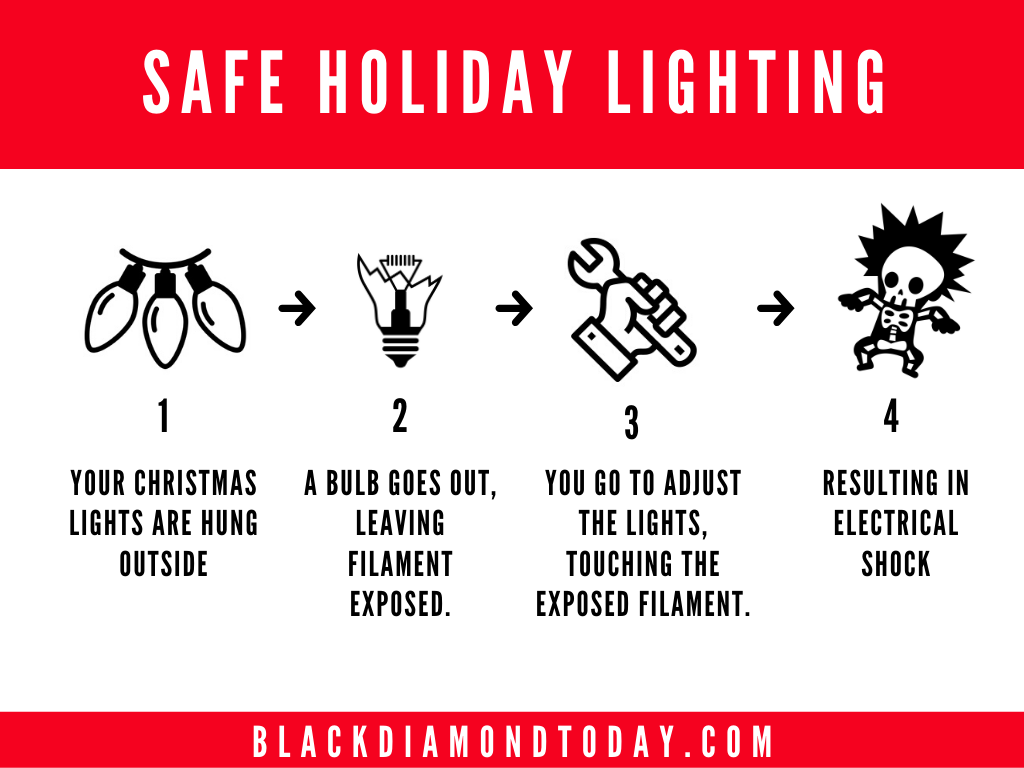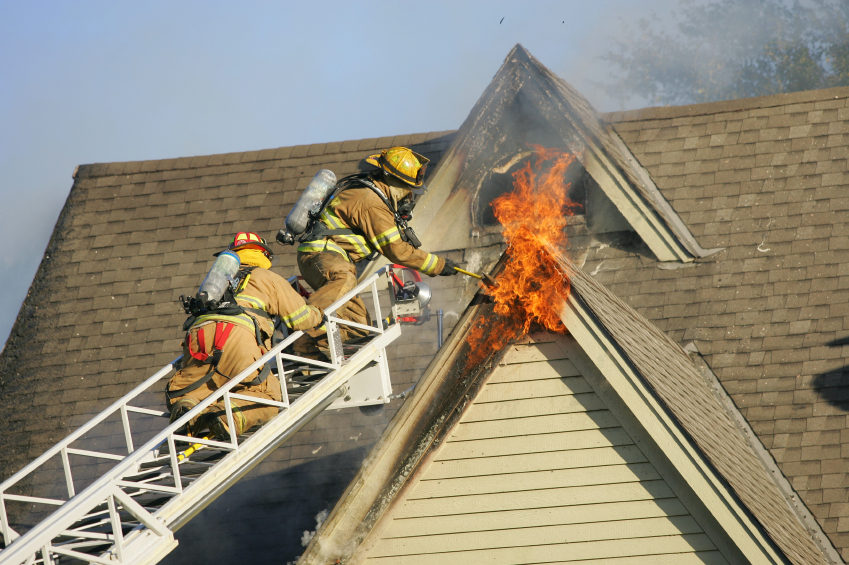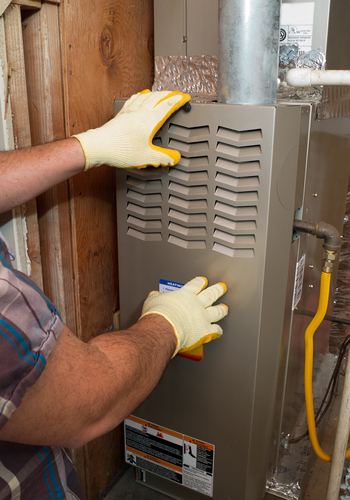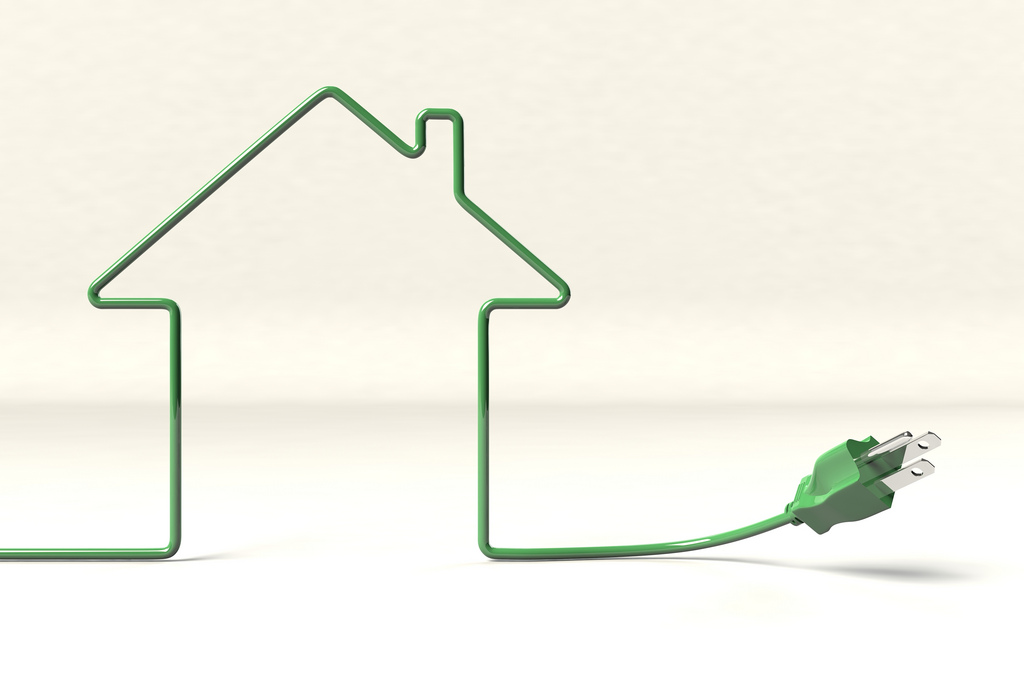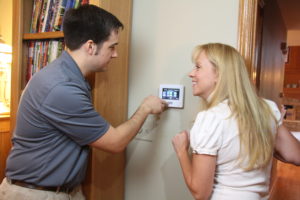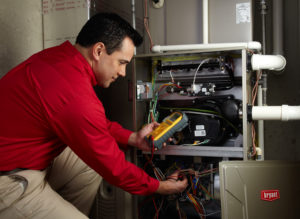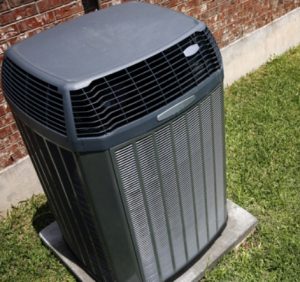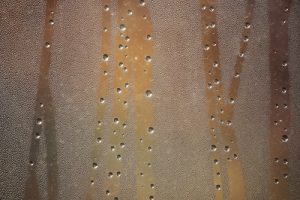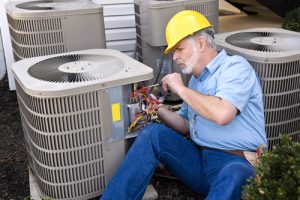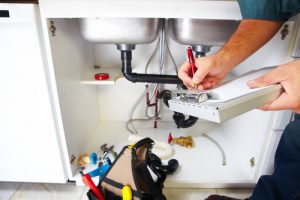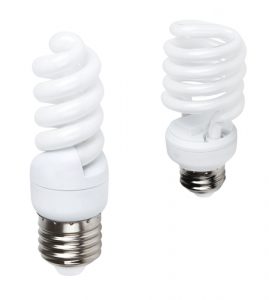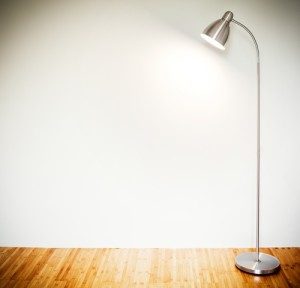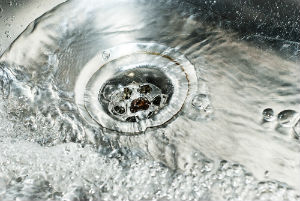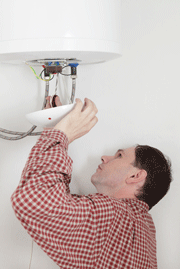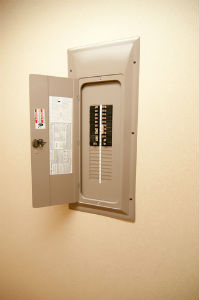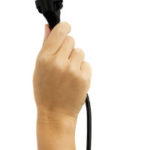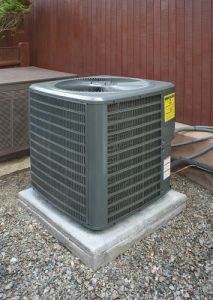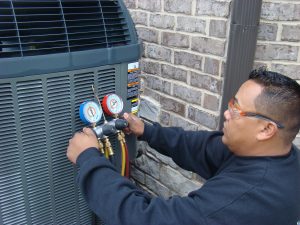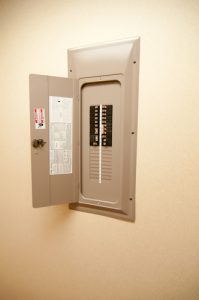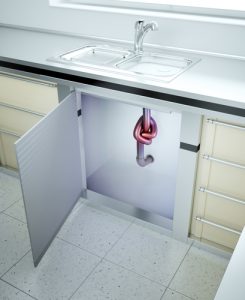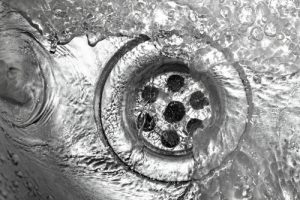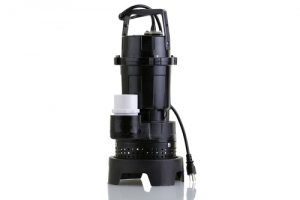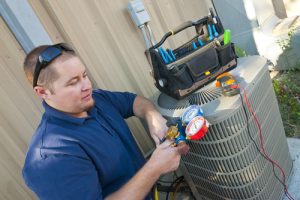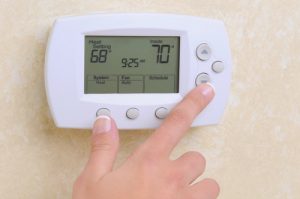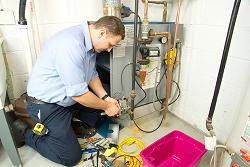Ductwork Design, Maintenance and Cleaning are Important Aspects of Your HVAC System
 In a central HVAC system, your home’s ductwork plays a critical role: without ducts, conditioned and filtered air wouldn’t be distributed to all the living areas throughout the house.
In a central HVAC system, your home’s ductwork plays a critical role: without ducts, conditioned and filtered air wouldn’t be distributed to all the living areas throughout the house.
But ductwork isn’t just a matter of having airflow passages from the furnace or A/C to the rooms. Ductwork design impacts the balance of heating and cooling throughout the home, as well as the HVAC system’s overall efficiency and life. And damaged, leaky or obstructed ducts can significantly impact both home comfort and energy efficiency, even if you’re not aware of the damage.
In this article, we’ll look at how ductwork design can work for or against home comfort, and we’ll explore why ducts should be included in regular HVAC maintenance.
Efficient Duct Installations
The principle of ductwork may seem simple enough, but duct design has to consider a number of different factors. To name a few of them:
- How are ducts laid out and sized along their length? Will sufficient air reach areas far from the central air handler, or will it all blow out of vents closer by? The size of duct cross-sections, the length and layout of the ducts, and the design of the vents all contribute to this.
- Is the amount of outgoing air equal to the amount of air being brought back to the HVAC system through return vents? If the amounts are unequal, your home could end up pressurized or depressurized, which can allow air to infiltrate through cracks in your home’s thermal envelope. And when that air is humid, it can encourage mold growth.
- Are the ducts contained within your home’s thermal envelope, or are they exposed to outdoor temperatures? If they’re exposed, are they well-insulated enough that the temperature of air in the ductwork won’t try to equalize with the outdoor temperature? (Your thermal envelope is the barrier between your indoor temperature and the outdoor temperature, and includes your home’s insulation.)
- Do ducts pass through wall cavities or crawl spaces which limit the available space for insulation and could make access for maintenance more difficult?
- Are ducts designed in such a way that they’ll carry or amplify noise from the HVAC system?
- Will there be vents and return vents in all rooms of the home, or only in certain locations? If there aren’t vents in every room, how will this affect air currents and circulation within the home? Will jumper ducts be installed to support airflow from areas without vents to areas with them?
- Does the ductwork support a home zoning system? If vents or dampers are partially or completely closed in order to limit airflow to certain areas of the house, can the ductwork and air handling compensate for the pressure drop within the system?
When considering these factors, contractors have a number of different designs to choose from. Some of the common ductwork design installations are:
- Radial systems, where a number of ducts are run from the central HVAC location to individual vents, and there’s little to no branching.
- Trunk and branch systems, where large supply ducts are run out from the HVAC system, with smaller ducts branching off the supply ducts and connecting to individual vents.
In many cases, the ductwork design of a home is finalized when the home is built and few modifications can be made. However, when renovating a home, homeowners may choose to direct some attention toward optimizing ductwork design. There are a number of ongoing maintenance tasks and upgrades to your duct system which can boost duct performance.
Duct Maintenance
Like any system, ductwork can degrade or become damaged over its operating life. Joints and seals can become loose, vibrations from the HVAC system can dislodge ductwork over time, dust and other debris can be blown into the ducts, and accidents can damage or deform them.
Regardless of the quality of your ductwork design, without routine duct maintenance, you may not get the most out of your duct system. Some ductwork maintenance tasks can be performed by a homeowner, while others need the attention of an HVAC professional. Here are some of the tasks you may consider:
- Seal air leaks in the ducts. The average home loses about 10 to 30 percent of its conditioned air because of duct leaks. When that air is lost, the energy used to heat or cool it has been wasted. If the ducts are kept within the home’s thermal envelope, the energy might be contained within your home, but it still might be released into wall cavities and crawl spaces, not the living areas whose temperature you want to regulate. The air duct sealing company Chicago homeowners trust is Black Diamond Plumbing & Mechanical.
- Be sure that vents and return vents are unobstructed. Placing a piece of furniture or another fixture in front of your vents disrupts airflow and can prevent air from circulating through rooms. When the blockage is substantial, it can have repercussions throughout the ductwork design, changing the pressure in the system and contributing to HVAC fan motor burnout.
- Insulate ductwork. Whether or not your ducts are installed within the thermal envelope of your home, insulation will help the air passing through the ducts maintain its temperature until it reaches living areas.
- Hire a NADCA-certified air duct cleaning professional. If furniture in front of your vents is bad, an obstruction inside the ductwork can be just as damaging if not more so. And if obstructions—for example, a dislodged air filter that’s been sucked into the ductwork—blow through and reach the central HVAC system, they can build up and interfere with its operation or even present a fire risk.
- Install a UV light in the ductwork. UV lights use ultraviolet radiation to sterilize air, destroying bacteria, as well as mold and fungal spores. This can help prevent buildups of mold and fungal colonies inside the ducts, where humidity is often difficult to control. It can also offer a net benefit for your indoor air quality.
- Have ducts tested. An HVAC professional can take readings of air pressure within the ducts during system operation and analyze how much air you’re losing and how well the system is balanced. They can also offer recommendations on how to improve the ductwork design in your home.
- Do not close vents in rooms to cut down on HVAC costs. While it might seem intuitive that less conditioned air going into the rooms means a lower energy bill overall, in reality, it just means that more air at the outdoor temperature is being brought in to be treated through the return vents. Additionally, because the vents are fully obstructed (or closed), the same issues with pressure drop occur as with vents blocked by furniture or by obstructions within the ducts. If you want to control your heating and cooling on a room-by-room basis, ask your contractor about a zoning system for your home.
To learn more about the ductwork design in your home, or to schedule duct testing or cleaning, contact us at Black Diamond Plumbing & Mechanical today.
Image Provided by Shutterstock.com
Recent Posts
Request Service
Please fill out the form and we will get in touch with you shortly. We look forward to serving you!
Request Service
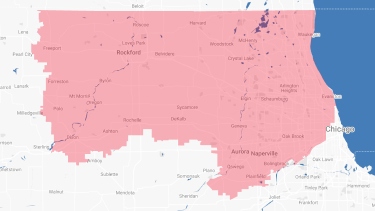
Proudly Serving
The Chicagoland AreaAddison | Algonquin | Antioch | Arlington Heights | Aurora | Barrington | Bartlett | Batavia | Beloit | Belvidere | Bensenville | Bloomingdale | Bolingbrook | Buffalo Grove | Byron | Caledonia | Capron | Carol Stream | And Much More!
VIew ALL






